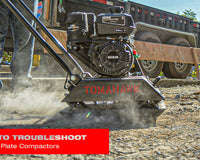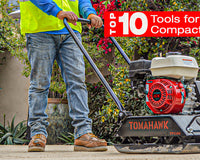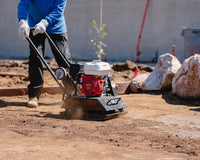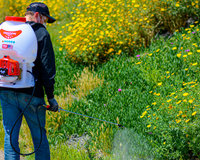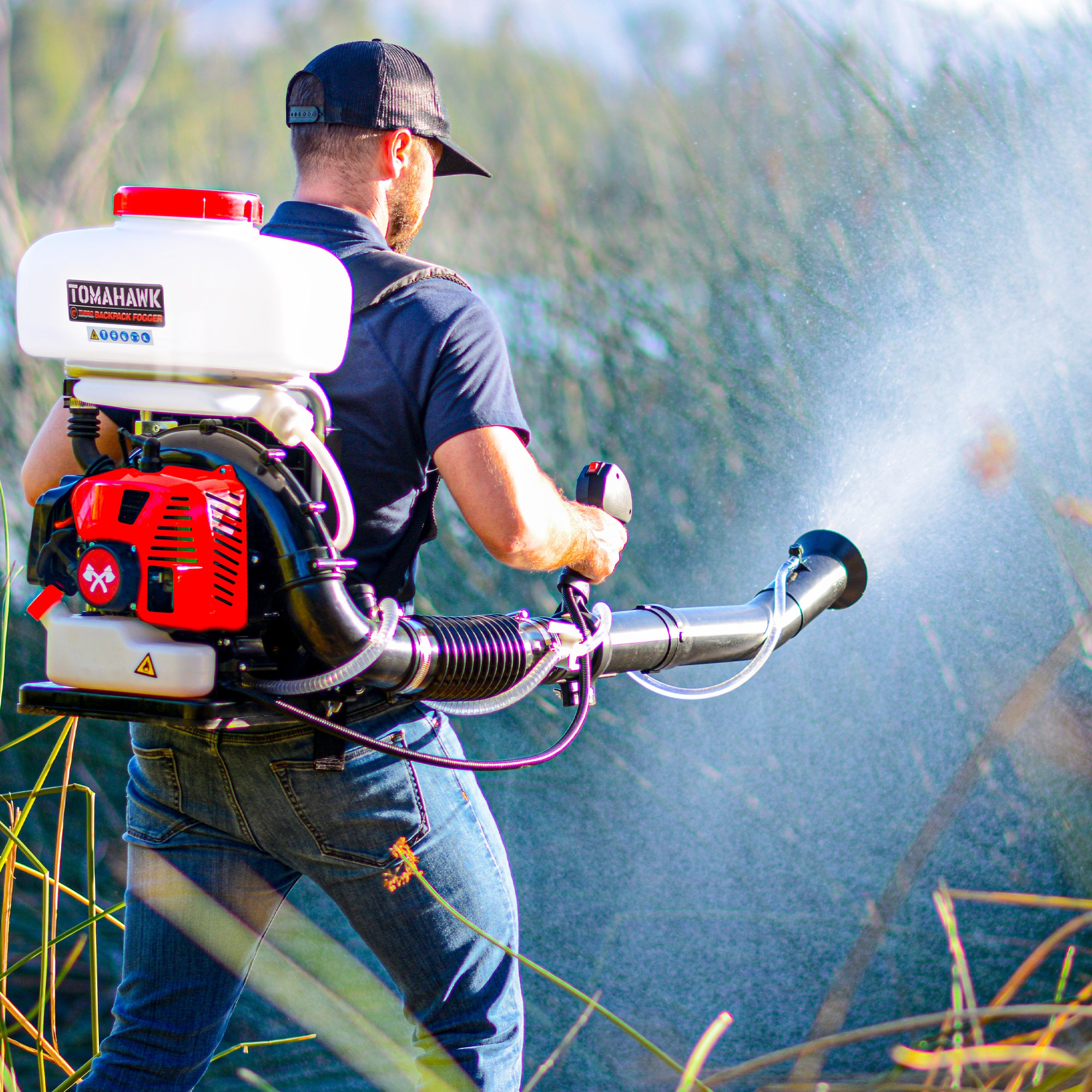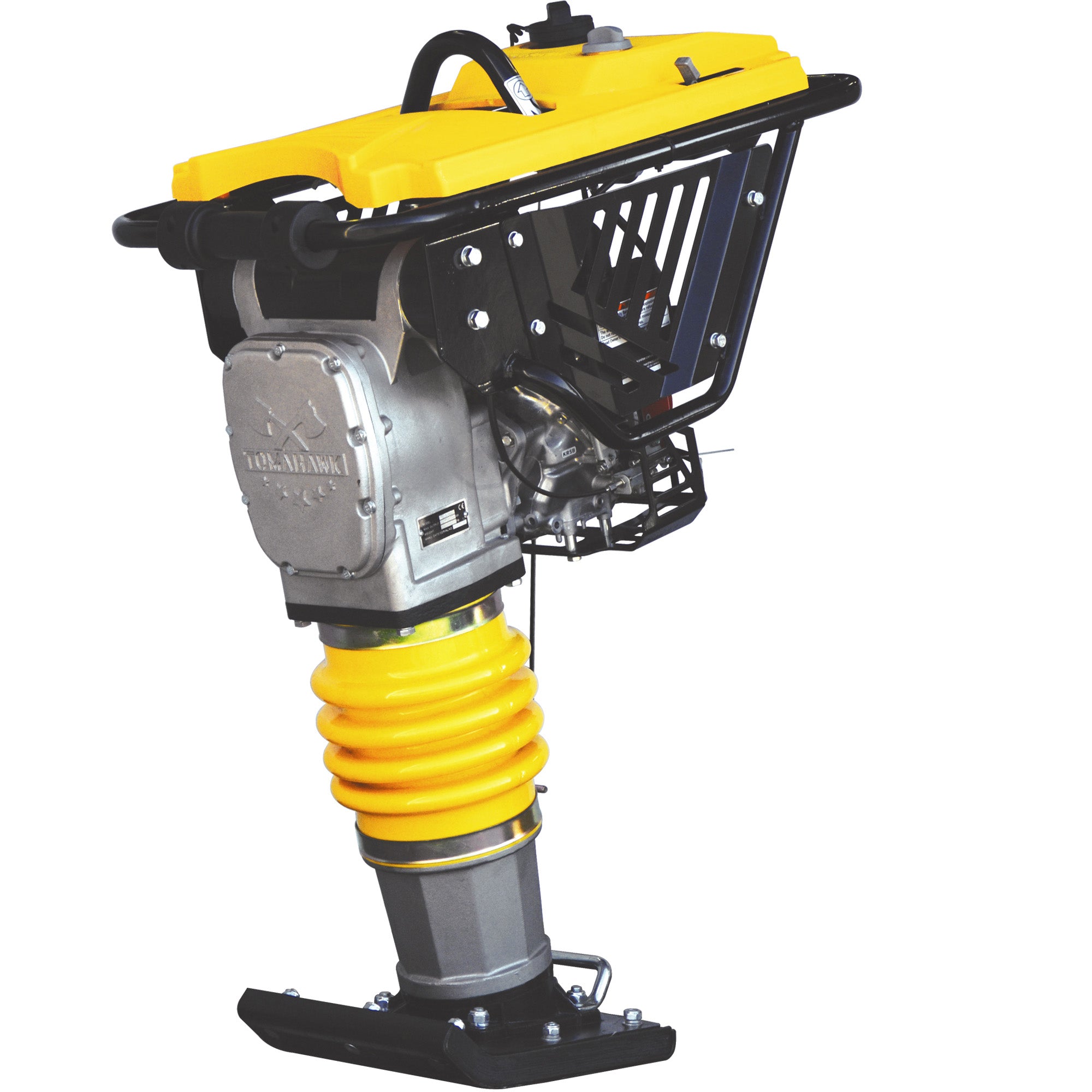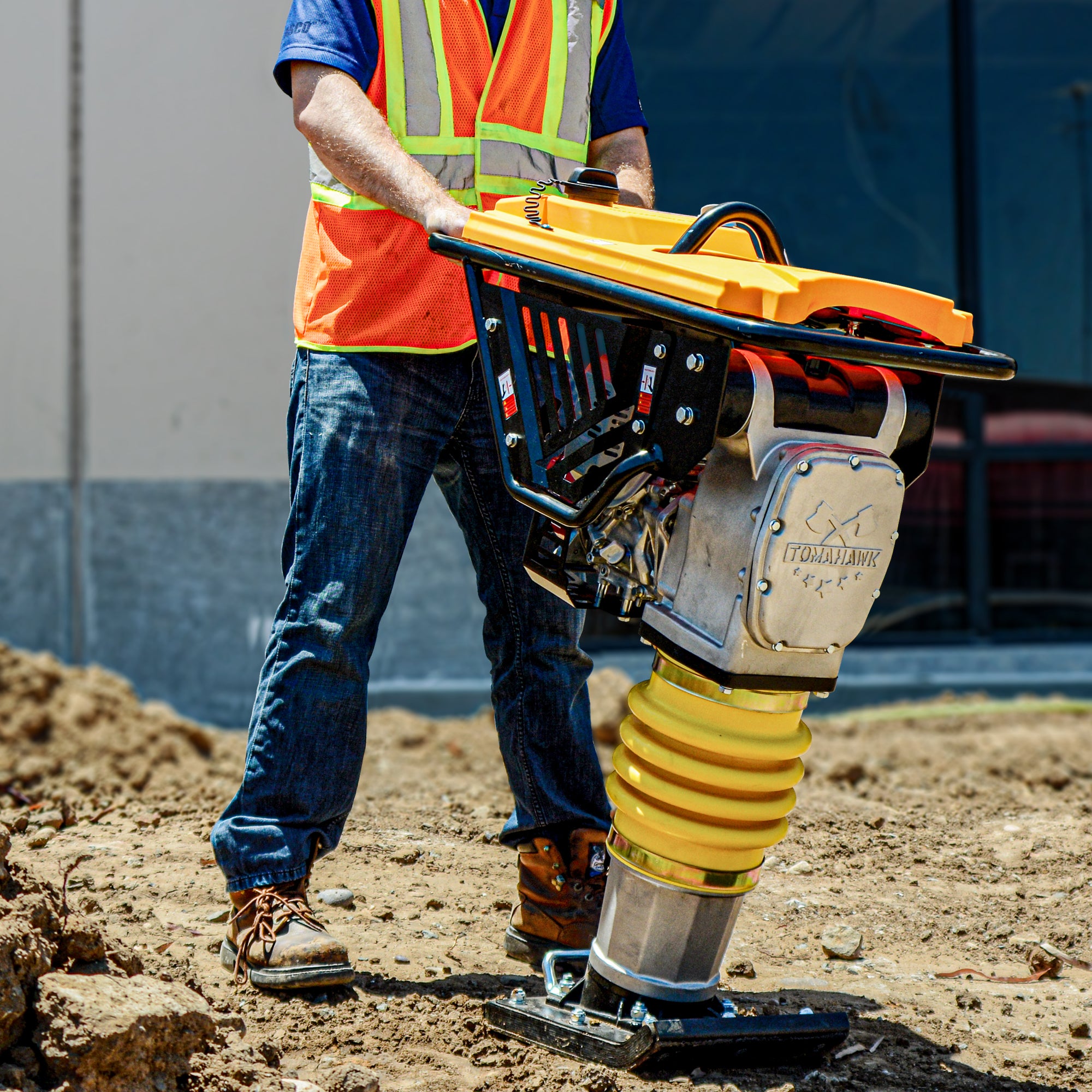Why Compacting Base for Patio Builds Is Essential
One of the most overlooked yet critical steps in hardscaping is compacting base for patio foundations. Without proper compaction, the gravel or crushed stone under your pavers may shift or settle unevenly—causing dips, cracks, and unstable surfaces over time. This applies to patios, walkways, and driveways alike.
Even if your layout is perfect, improper base preparation can quickly undo your hard work. Compacting each layer in intervals ensures density, structural integrity, and resistance to water movement.
“It is not the beauty of a building you should look at; it’s the construction of the foundation that will stand the test of time.”
— David Allan Coe
And in landscaping, that foundation begins with compaction.
How to Compact Paver Base the Right Way
Understanding how to compact paver base is key to long-term performance. Here's a simplified process for DIY builders:
-
Excavate the area at least 6–8 inches deeper than the final paver height
-
Add gravel or crushed stone in 2–4 inch layers
-
Compact each layer thoroughly before adding the next
-
Screed and compact bedding sand once the gravel base is finished
-
Re-compact after laying pavers, using a plate compactor with a protective mat to avoid damage
The goal is to eliminate air pockets, create a dense and uniform surface, and minimize future settling. This layered compaction approach also helps with drainage and improves frost resistance in colder climates.
Do I Need a Plate Compactor for Pavers?
The question do I need plate compactor for pavers comes up often—and the answer is yes, if you want your patio to last. While hand tampers may work for very small areas, mechanical compactors provide consistent force across larger surfaces, ensuring a stable base.
For DIYers and professionals alike, the Tomahawk TPC80 Plate Compactor is a trusted option. With a 5.5 HP Honda engine and over 3,000 lbs. of compaction force, it’s ideal for gravel, sand, and soil—making it a go-to choice for building long-lasting patios and walkways.
“An ounce of prevention is worth a pound of cure.”
— Benjamin Franklin
Compacting your base now means fewer repairs and greater enjoyment for years to come.

